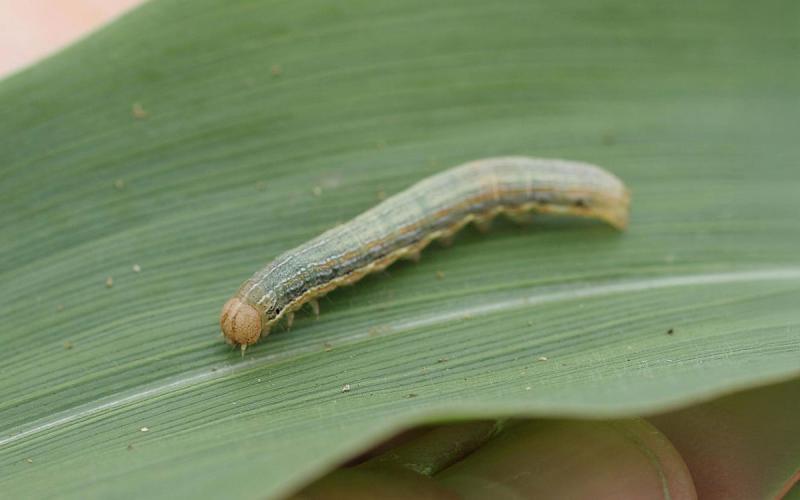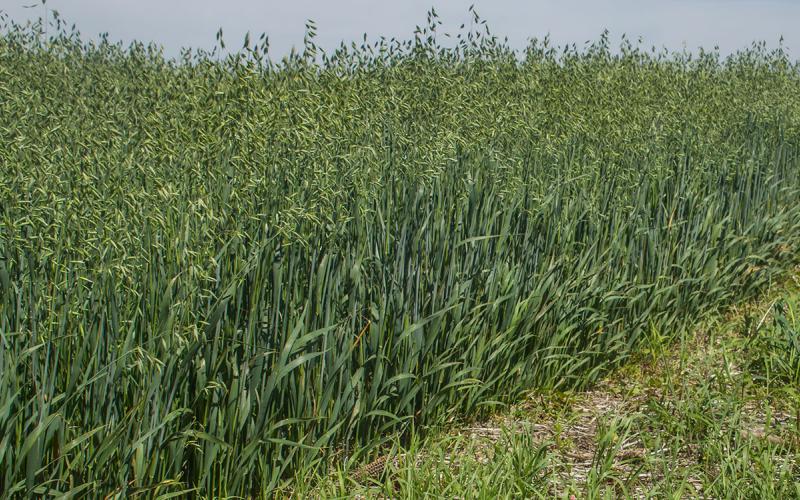
Written collaboratively by Adam Varenhorst, Philip Rozeboom, Patrick Wagner, and Brad McManus.
True armyworm caterpillars reached threshold in oats and wheat crops in many areas of South Dakota during the last few weeks. Management efforts to reduce these populations had varying levels of success, with SDSU Extension receiving numerous reports of pyrethroid insecticide failures.
Entomologists in Minnesota and North Dakota have also observed issues with managing true armyworm caterpillars with pyrethroid insecticides in the past. To date, no evaluations of the susceptibility of these populations to pyrethroids have been conducted. There is the potential that insecticide applications made during hot conditions could result in reduced efficacy of the insecticides. In addition, true armyworm caterpillars can be difficult to treat with adequate coverage. There is also the possibility that these caterpillars are resistant to pyrethroid insecticides.
If true armyworm caterpillars show up in large numbers in 2026, management with products other than pyrethroids should be considered. Most insecticide treatments for true armyworm also occur on late-stage caterpillars that are more difficult to manage. The caterpillars often go unnoticed in small grains until they reach approximately one inch in length, which indicates that the infestation has been present for approximately 15-20 days. Weekly scouting of small grains for true armyworm caterpillars should start during the first week of July and continue through harvest to ensure that caterpillar populations are not missed.

